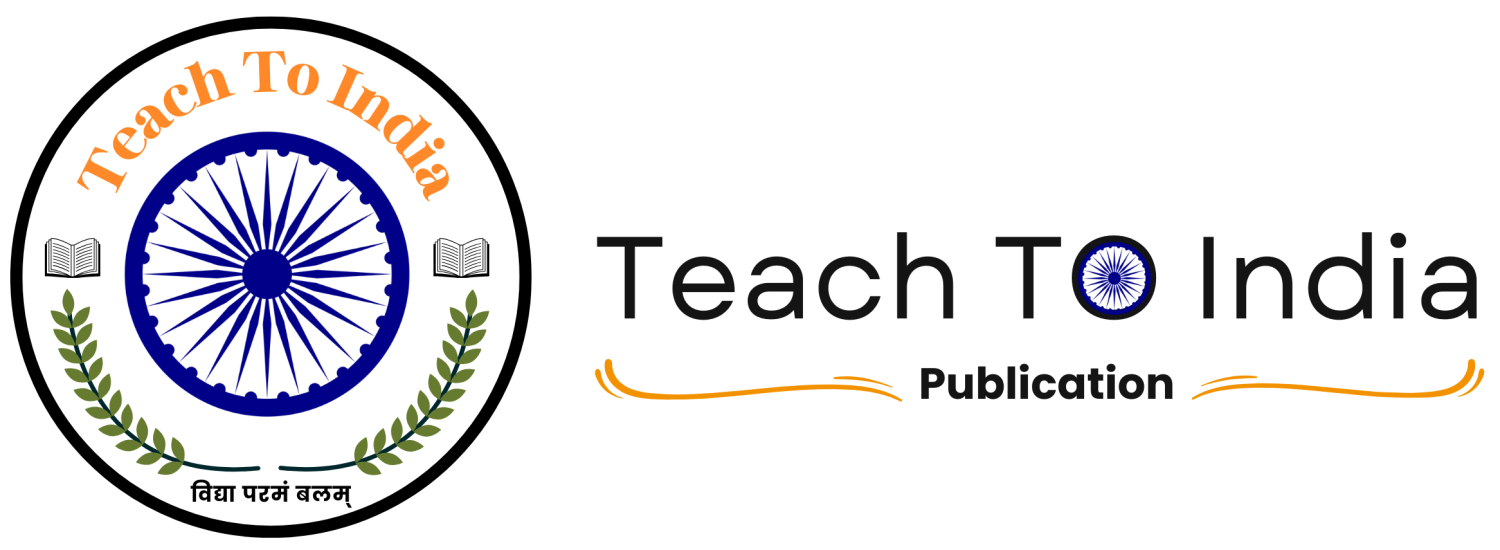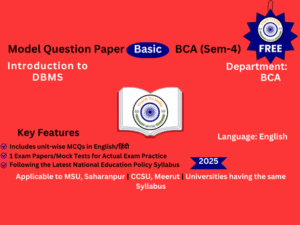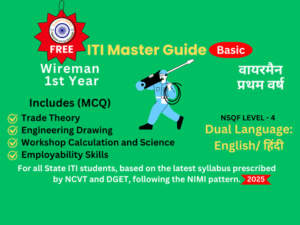Introduction to Python – Adv
- Description
- Curriculum
- Reviews

Model Question Paper
Introduction to Python
Key Features
- Unit-wise Short Notes
Each unit includes a summary in both languages, making revision faster and more effective. -
Extensive MCQ Practice
1500+ MCQ Practice Questions: This comprehensive question bank includes 1500+ multiple-choice questions (MCQs). Each unit contains approximately 150 MCQs covering a wide range of cognitive levels such as remembering, understanding, application, and analysis. -
Exam Practice Paper with Mock Tests
Includes three full-length mock tests for real exam practice. One mock test is free for students to assess the quality of our question paper. -
Latest Syllabus as per NEP
The syllabus aligns with the latest National Education Policy (NEP) and follows the exam patterns of MSU, CCSU, and other universities following the NEP. -
Designed by Experts
This question bank has been meticulously prepared by subject matter experts to ensure accuracy and relevance.
Why Choose This Model Paper?
- Complete Exam Preparation: Unit-wise summaries, MCQ practice, and mock tests provide a complete study solution.
-
Latest NEP-Based Pattern: Ensures compliance with the latest university exam structure.
|
Program Class: Certificate/ BCA |
Year: II |
Semester: IV |
||
|
Subject: BCA |
||||
|
Course Title: Introduction to Python |
||||
|
Credits: 4 |
Core Compulsory |
|||
|
Max. Marks: –25+75 |
Min. Passing Marks: 33 |
|||
|
Unit |
Topics |
|||
|
I |
Planning the computer program: concept of problem solving, problem definition, program design, debugging, types of errors in programming, documentation. Techniques of problem solving: flowcharting, decision table, algorithms, structured programming concepts, programming methodologies viz. Top-down and bottom-up programming. Overview of programming: structure of a python program, elements of pythonMemory |
|||
|
II |
Introduction to python: python interpreter, using python as calculator, python shell, indentation. Atoms, identifiers and keywords, literals, strings, operators (arithmetic operator, relational operator, logical or Boolean operator, assignment, operator, ternary operator, bit wise operator, increment or decrement operator) Creating python programs: input and output statements, control statements(branching, looping, conditional statement, exit function, difference between break, continue and pass.), defining functions, default arguments, errors and exceptions. Iteration and recursion: conditional execution, alternative execution, nested conditionals, the return statement. |
|||
|
III |
Recursion, stack diagrams for recursive functions, multiple assignment, the while statement, tables, two-dimensional tables Strings and lists: string as a compound data type, length, traversal and the for loop, string slices, string comparison, a find unction. |
|||
|
IV |
Looping and counting, list values, accessing elements, list length, list membership, lists and for loops, list operations, list deletion. Cloning lists, nested lists Object oriented programming: introduction to classes, objects and methods, standard zibraries. |
|||
|
V |
Data structures: arrays, list, set, stacks and queues. Searching and sorting: linear and binary search, bubble, selection and insertion sorting. |
|||
-
1Unit 1: MCQs - Introduction to Python
-
2Unit 1: Summary - Introduction to Python
-
3Unit 2: MCQs - Introduction to Python
-
4Unit 2: Summary - Introduction to Python
-
5Unit 3: MCQs - Introduction to Python
-
6Unit 3: Summary - Introduction to Python
-
7Unit 4: MCQs - Introduction to Python
-
8Unit 4: Summary - Introduction to Python
-
9Unit 5 : MCQs - Introduction to Python
-
10Unit 5: Summary - Introduction to Python







